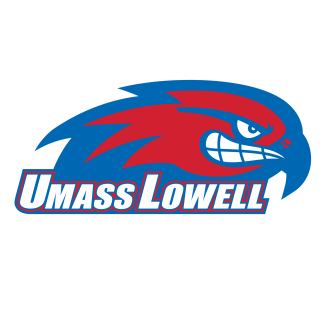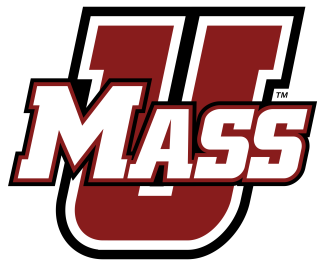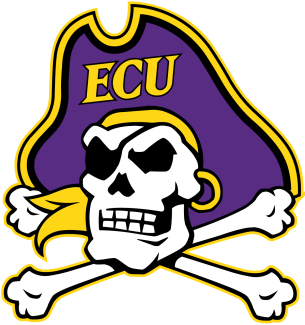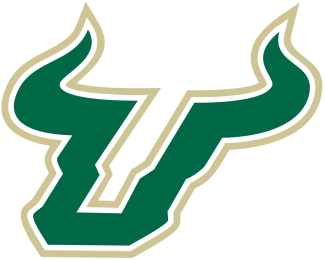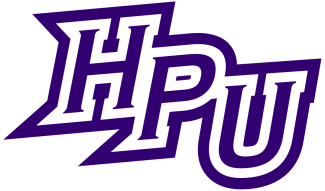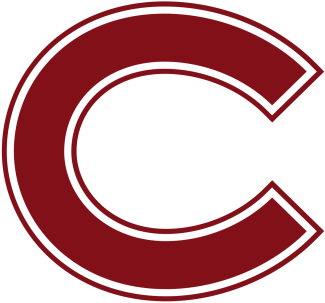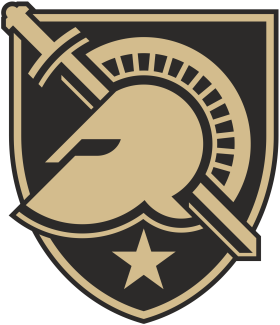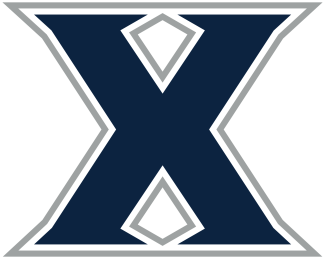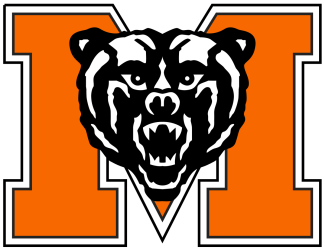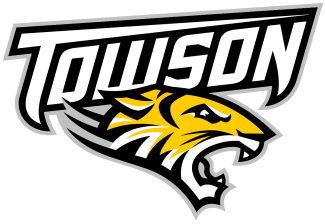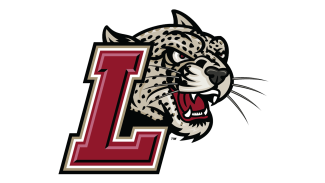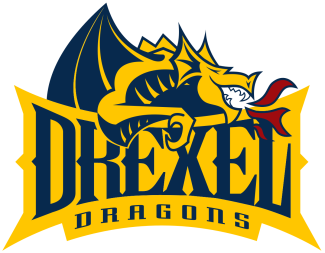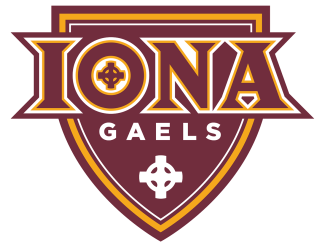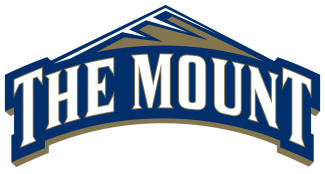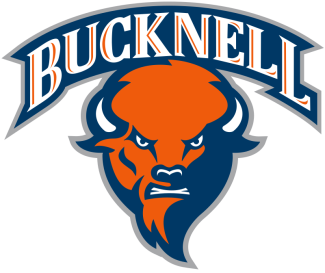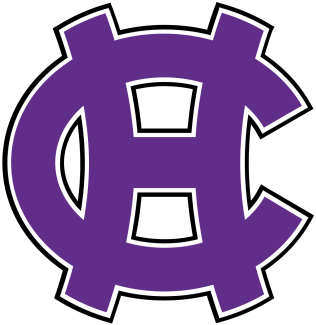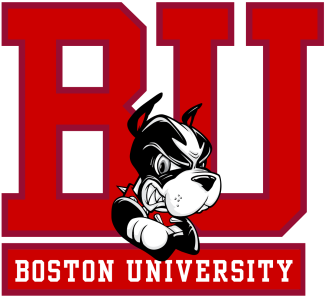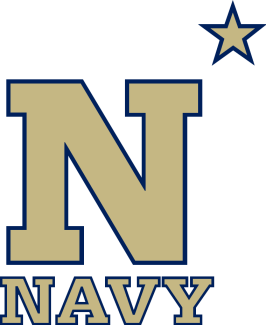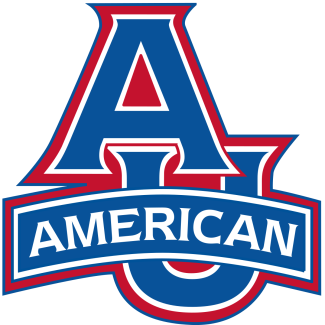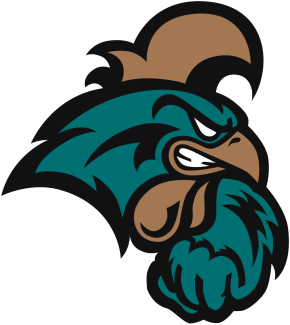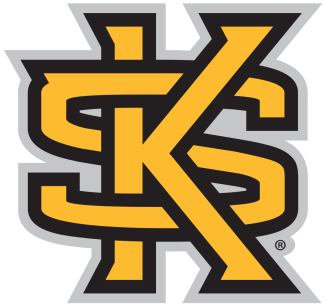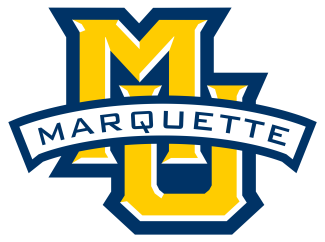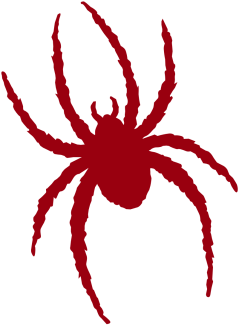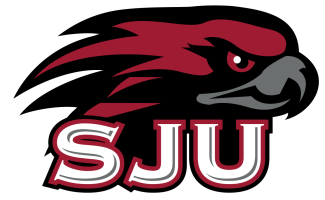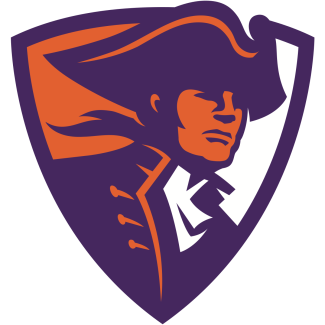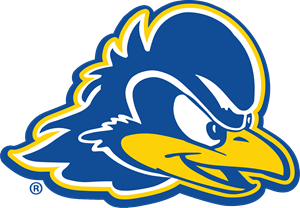MOST LACROSSE COACHES IN THE NCAA ARE WHITE. Out of 915 head coaches across all three NCAA divisions, 26 men’s and 18 women’s head coaches last year were Black, according to the NCAA. Just 129 out of 1,106 NCAA athletic directors were Black.
Despite such lopsided demographics, many teams, including those at Johns Hopkins and Oberlin, have been planning and conducting diversity, equity and inclusion workshops to educate the largely white lacrosse community, which Porter called the first step to creating institutional change.
“Our main goal right now is to get everyone involved and aware of microaggressions and things like that,” Porter said. “The most important thing is just to educate everyone so everyone’s informed, because the biggest downfall is assumptions and things like that from just not being well informed.”
When the Johns Hopkins men faced Maryland last year, players and coaches wore shirts that read “Black Lives Matter.” The game was broadcast on ESPN, and thousands of people watching saw the Blue Jays’ support for the movement.
“But the even bigger thing was that before, we sat down as a team and just talked about it,” said Cody Ince, a current sophomore midfielder for the Blue Jays. “Having that conversation with each other, we were all able to learn more about the situation, learn more about everyone’s background, and in turn, when we go out into the world, we have these new insights.”
Hicks echoed that sentiment, saying that, after awareness, the next step in building diversity in lacrosse is understanding. Reaching that level requires a desire to learn.
“For any teammate that’s really trying to be an ally to their Black teammates, you’ve just got to talk to them,” Hicks said. “You’ve got to know where they come from. I know many people don’t want to do that because it’s extra work on top of the many things they’ve already got to do. But for it to really happen — for there to be some change — we’ve got to understand each other.”
With six Black players on its roster, Calvert Hall College High School in Towson, Maryland, is home to one of the most diverse high school lacrosse teams in the Maryland Interscholastic Athletic Association.
But Calvert Hall players still look outside their team for inspiration and connection, and social media has been the driving force for forging those relationships.
Whenever Calvert Hall junior midfielder Jordan Jackson plays against another Black player, he always makes sure to ask for his Instagram handle or phone number.
“It is very good to see a familiar face when you’re out there,” Jackson said. “When I play a person that’s Black, I just see what they’re doing and how things are going with their life. I feel like that’s the best way to connect, and that’s how you build a small community within the big community.”
Senior midfielder Jaden Snow feels like he already knows most of the Black players he meets on the field. But as he’s gotten older, the connections he’s formed have gotten stronger.
“It’s gotten even more connected — guys that are in college, at the top-division level or in the pros, even with guys still in high school,” Snow said. “Sometimes it gets lonely when it’s only you or only a few of you.”
The rise of the Blaxers Blog account on Instagram, which highlights the accomplishments of Black players in lacrosse, has also contributed to that feeling of connection, according to Calvert Hall junior MJ Davis. (Blaxers Blog and USA Lacrosse Magazine are content partners.)
And just as Hicks serves as a role model at the collegiate level, Snow, Davis, Jackson and their teammates have worked to inspire the next generation of Black lacrosse players.
“There’s a lot of kids that I see that really want to play the sport, but they just don’t have anybody to look up to,” Snow said. “And when they see me, they’re like, ‘Oh, wow, maybe I can actually do this.’”
